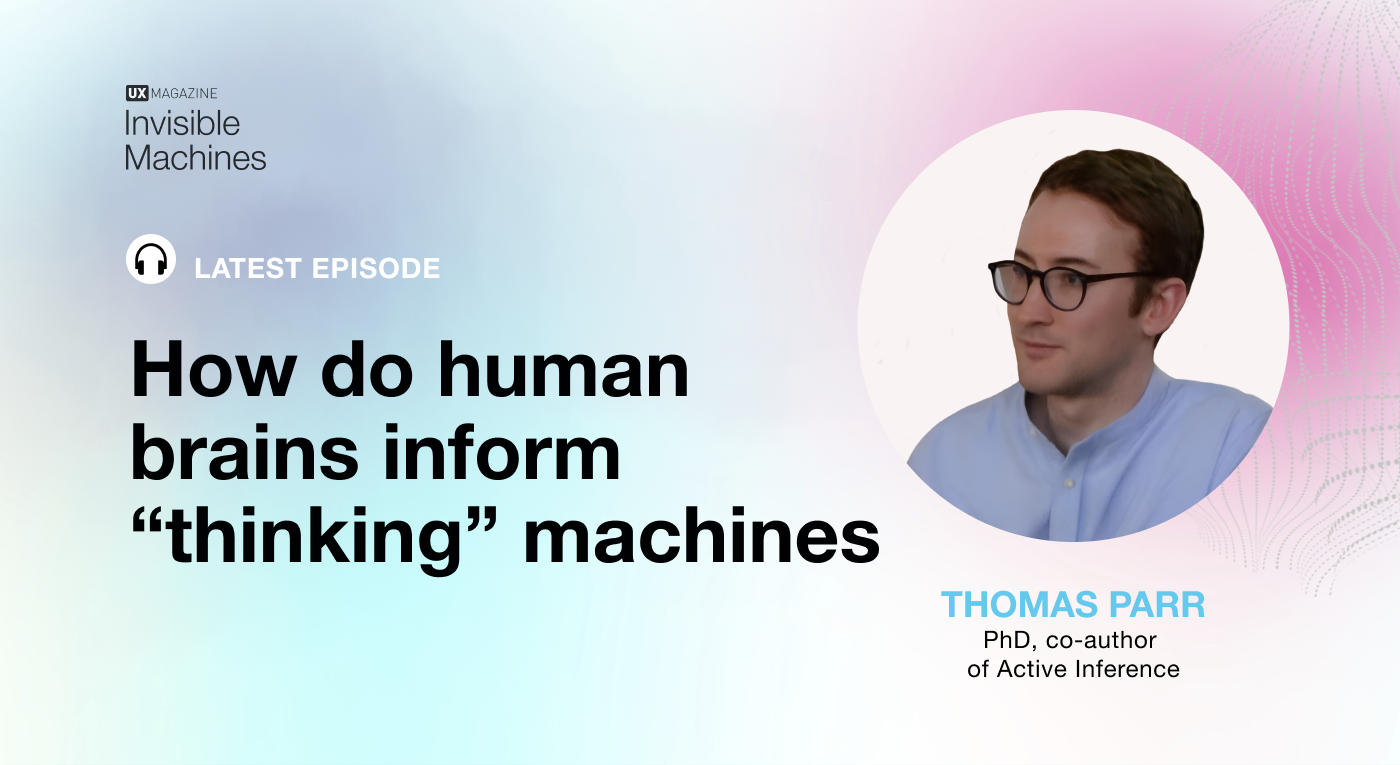What if your brain could predict the future—not in a mystical sense, but as a highly efficient machine constantly minimizing surprises? That’s the premise behind active inference, a “first principles” approach to understanding behavior and brain function. This week on Invisible Machines, Robb Wilson and Josh Tyson sit down with one of the foremost experts in this field, Dr. Thomas Parr, for a mind-expanding conversation that bridges neuroscience and AI.
Dr. Parr, a practicing physician and researcher at the Nuffield Department of Clinical Neurosciences at Oxford, explores how the free energy principle drives our brains to create models of the world, reducing the gap between what we expect and what we experience. He’s also the co-author of Active Inference: The Free Energy Principle in Mind, Brain, and Behavior, a must-read that connects ideas from physics, biology, and psychology to this revolutionary theory.
As Robb’s fascination with our brains as “prediction machines” collided with Dr. Parr’s work, this conversation dives deep into how active inference can influence the development of AI—particularly in designing cognitive architectures for conversational technologies. Can the principles that guide our behavior also shape the evolution of “thinking” machines?
Prepare for a thought-provoking journey into the mechanics of the mind and the future of AI. Now, enjoy this chat with Dr. Thomas Parr.








